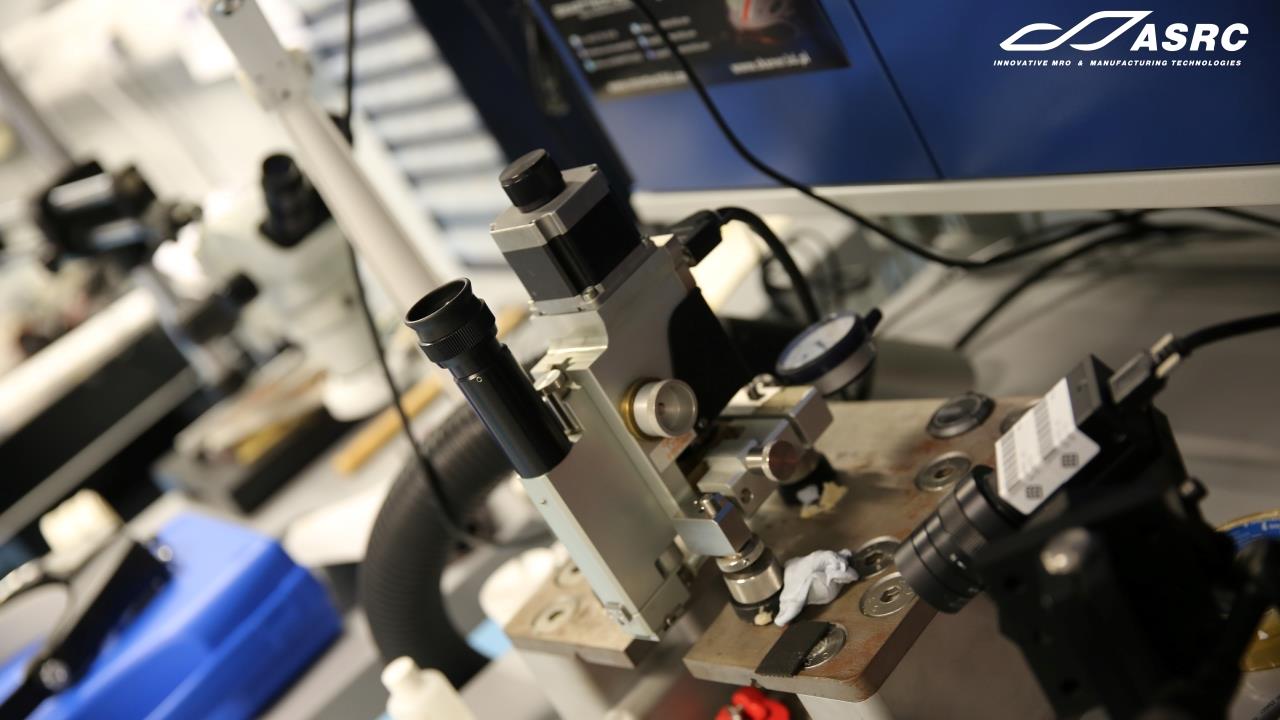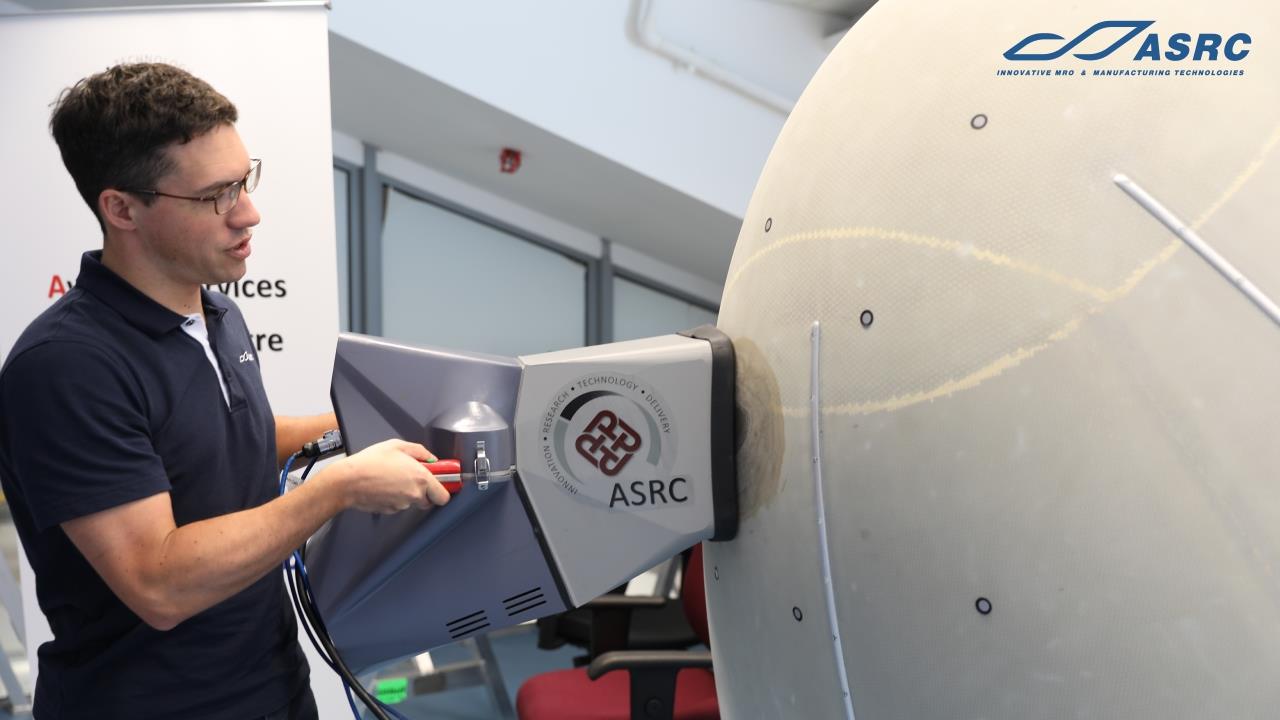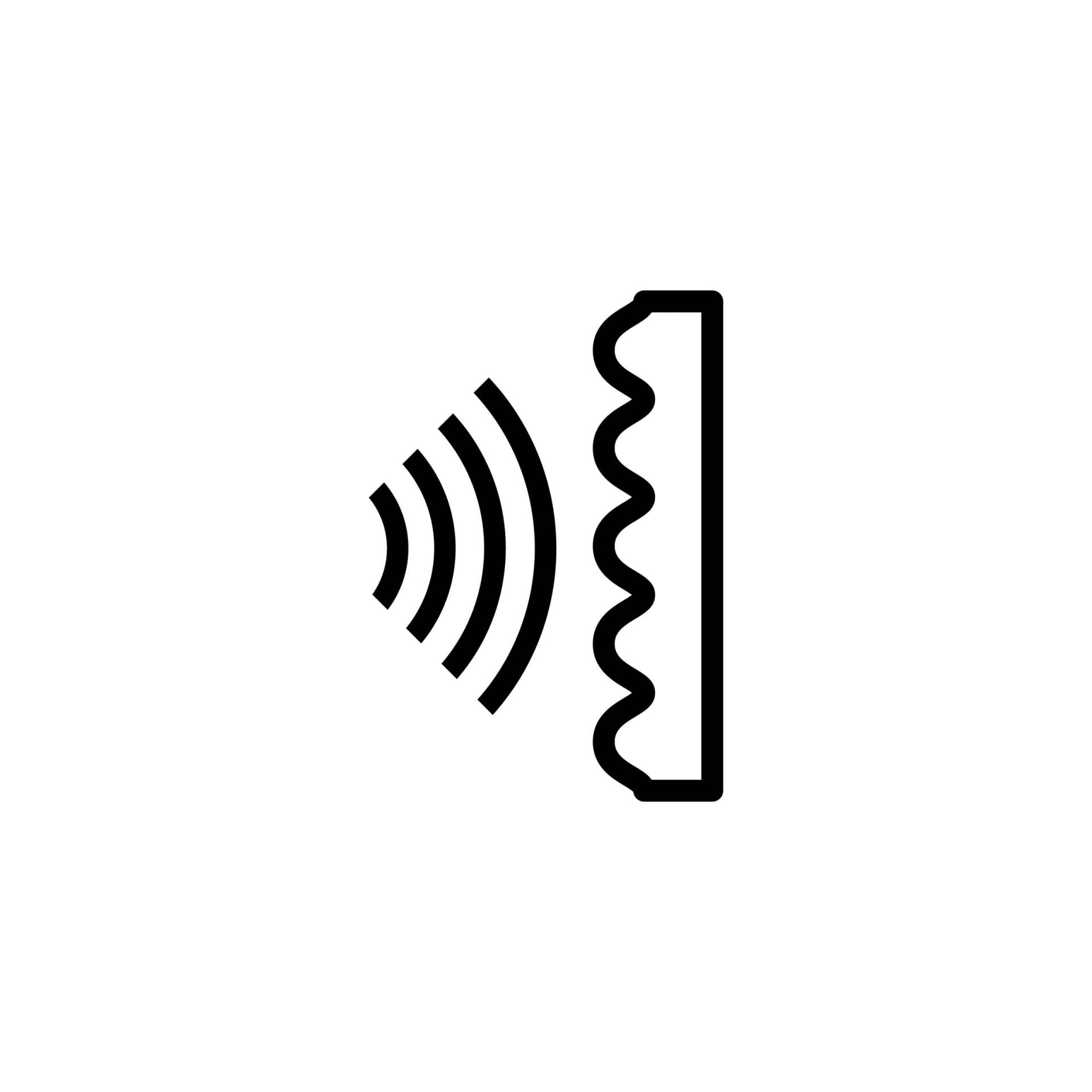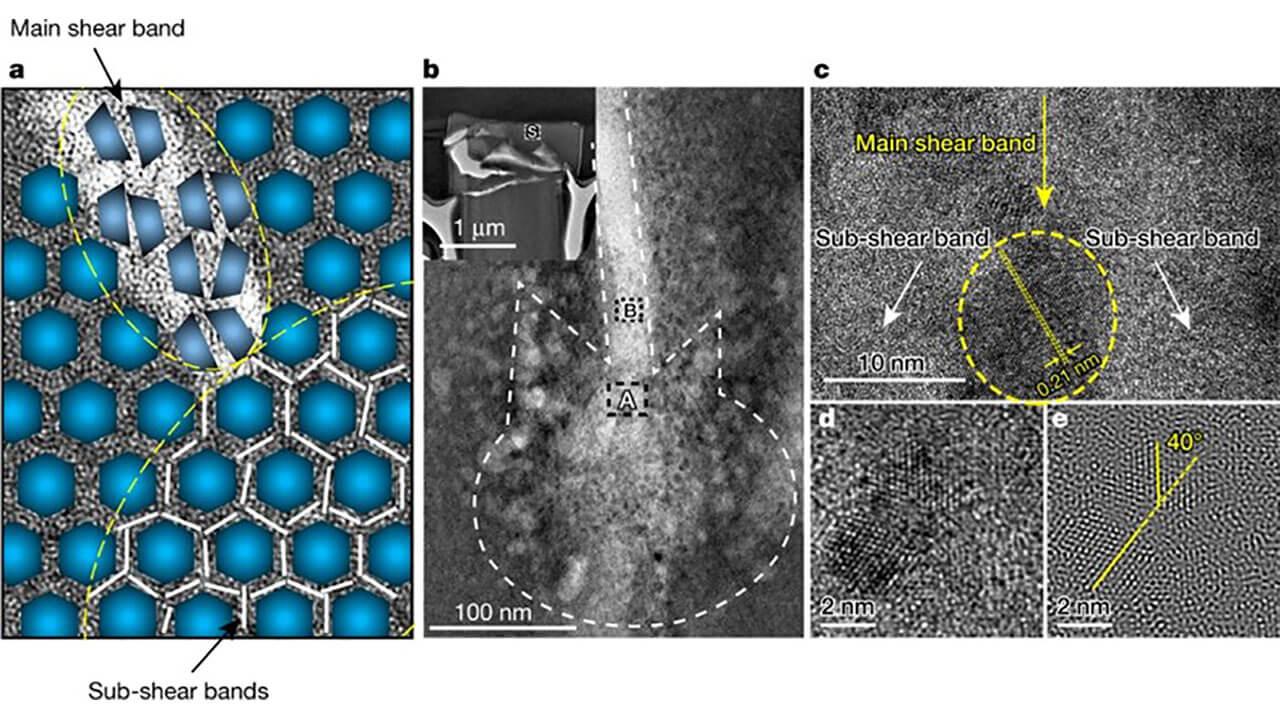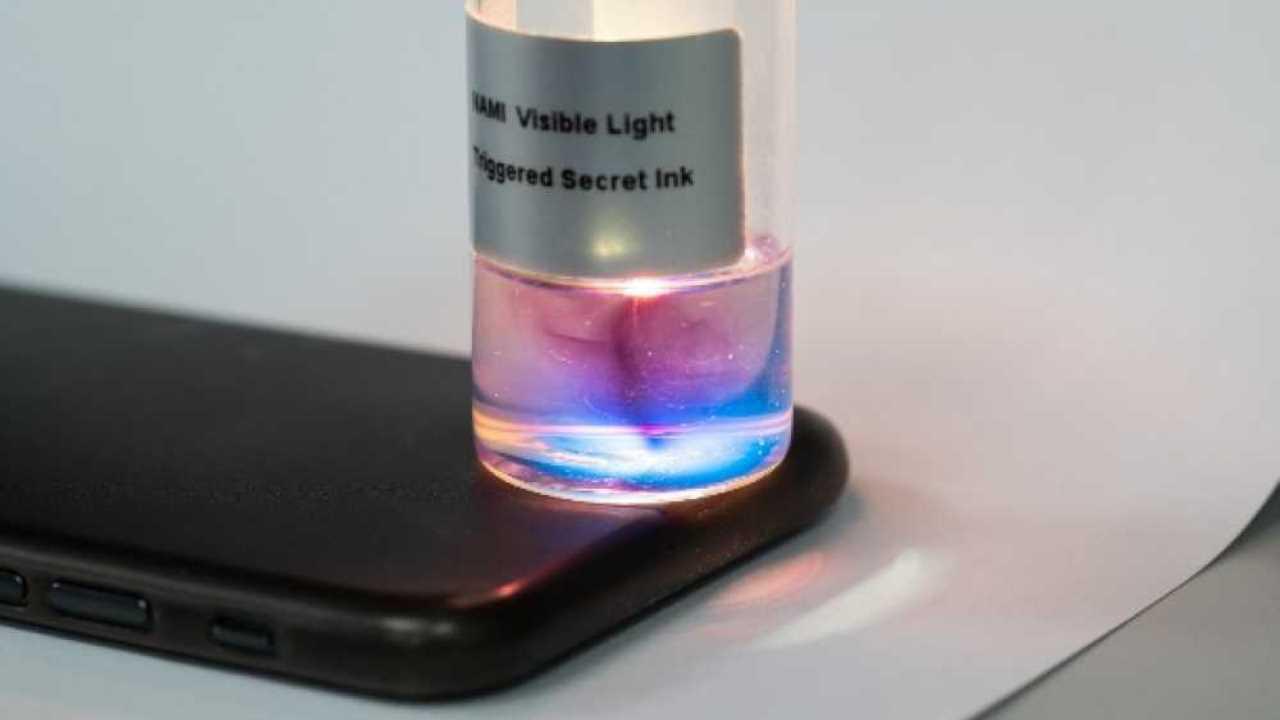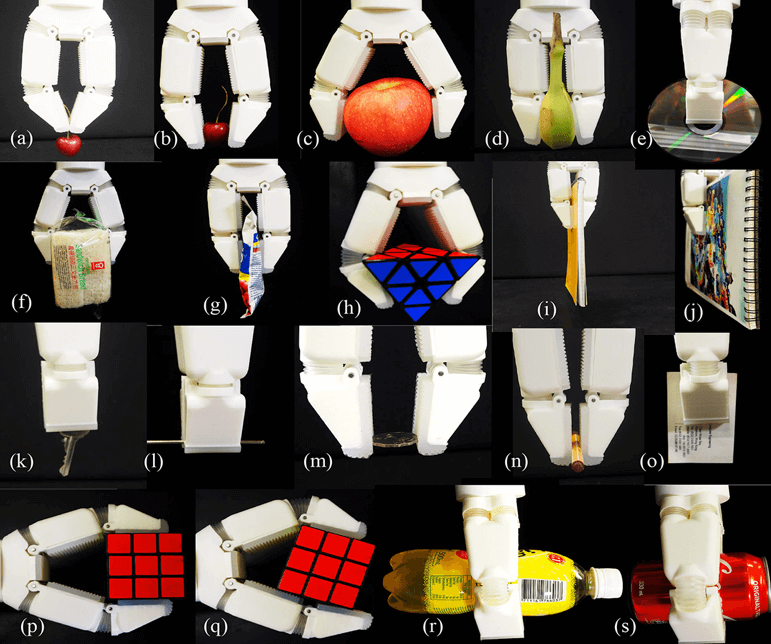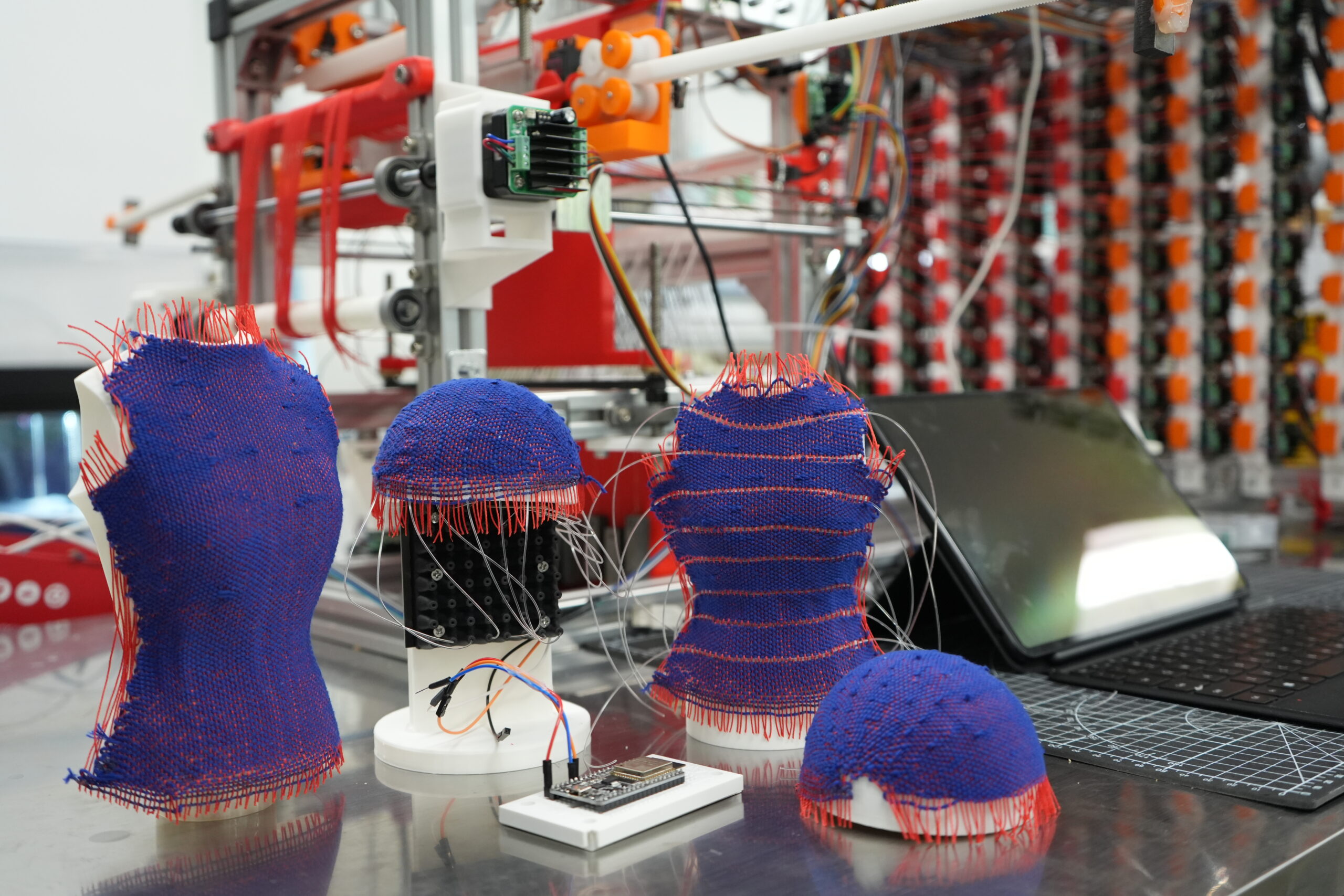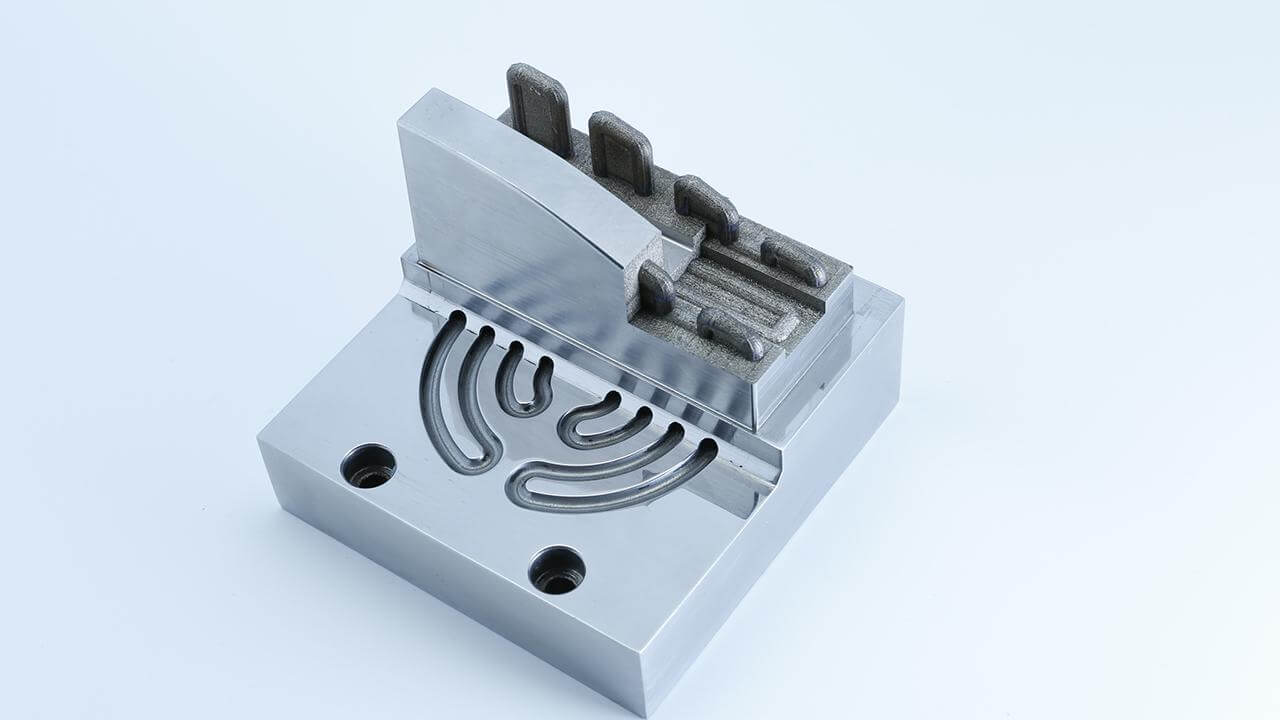
Femtosecond Projection NanoPrinter

The Femtosecond Projection NanoPrinter is a record-breaking multi-material nanofabrication platform that can fabricate arbitrarily complex 3D structures down to a resolution of 30 nm with 17+ materials (including semiconductors, metals, alloys, oxides). Published in the Science Magazine (2019 & 2022). Based on patented femtosecond light sheet technology invented at CUHK.
Currently, prototyping for widely used micro-optics and photonics devices such as diffractive optical elements, microlens arrays, photomasks, metalenses is expensive, has long lead times. The NanoPrinter significantly reduces fabrication cost (90%), and lead times (95%). In addition, our system also offers the capability to fabricate complex 3D structures with 17+ materials.
- Our novel optical system generates high-energy light sheets to simultaneously achieve high-resolution, high-throughput, and low-cost two-photon polymerization. Compared with existing state-of-the-art commercial two-photon lithography products, our method is 100-1000 times faster at comparable resolution (150 nm), at 10 times lower fabrication cost.
- Recently, we became the only system to achieve 3D nanofabrication at 30 nm with 17+ materials by combining the light sheets with swellable hydrogels. Two-photon lithography systems are limited to 100s nm resolution and only photo-polymer materials, whereas electron beam lithography and diamond turning are limited to 2D-2.5D fabrication.
- Our technology can significantly reduce manufacturing costs and solve supply chain bottlenecks for optical devices used in LiDAR, cellphones, QR code scanners, AR/VR products.
- Current commercial two-photon lithography products are limited to laboratory use due to low scanning speeds and high print costs. Our technology for the first time enables two-photon lithography to scaled for mass production and industry applications by simultaneously achieving high-throughput, high-resolution, and low-cost fabrication.
- We offer a disruptive approach for developing new functional and biocompatible microdevices, optical metamaterials, and flexible electronics.
- May lead to breakthroughs in photonics, nanotechnology, and biotechnology due to the demonstrated throughput, resolution, and material generality.
- International Exhibition of Inventions of Geneva 2023: Silver Medal
- Photo of the award: https://cpii.hk/wp-content/uploads/2023/06/Screenshot-2023-06-01-at-3.13.17-PM.png
- Micro-optical devices such as diffractive optical elements, microlens arrays, photomasks, metalenses
Patent
- U.S. Patent No. 11,312,067
- U.S. Patent No. 10,207,365
- U.S. Utility Patent Application No. 17/302,671
Centre for Perceptual and Interactive Intelligence was established by The Chinese University of Hong Kong in 2020. Our Centre Director Professor Helen Meng and Principal Investigators have rich backgrounds in computer vision, multilingual speech and language technologies, natural language processing, and AI-enabled design automation.







